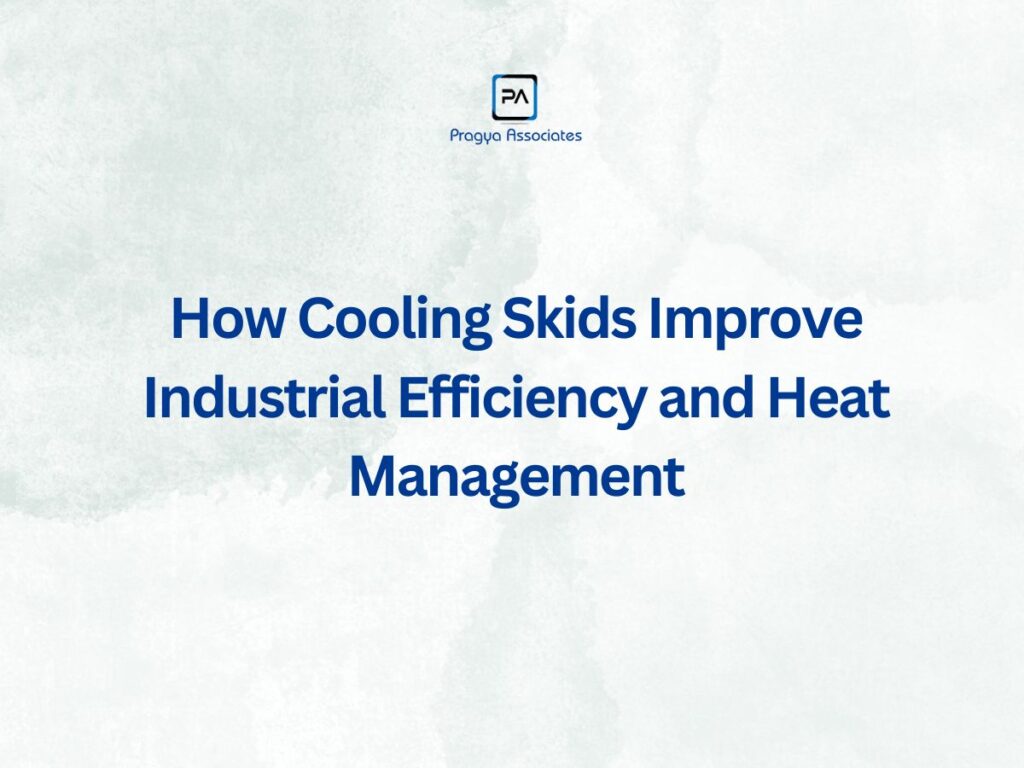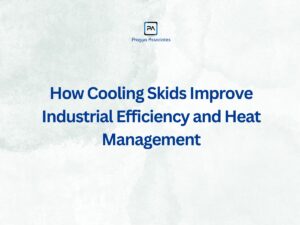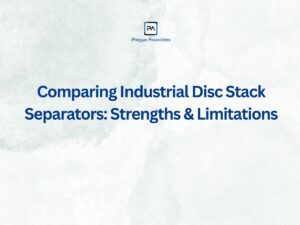When you walk into any big factory or industrial plant, you’ll notice huge machines running nonstop. But have you ever wondered what keeps them cool? Just like our phones heat up after long use, industrial equipment gets hot too—except way hotter. That’s where cooling skids come in. These smart systems use filters, heat transfer units, and precise engineering to keep everything running smoothly without overheating. Many industries in India also rely on oil filtration machines to ensure clean fluid circulation, which works hand-in-hand with cooling systems for optimal performance.
Let me explain how they work and why they matter so much.
What Exactly Is a Cooling Skid?
Think of a cooling skid as a portable cooling station. It’s a pre-assembled unit that sits on a metal frame (that’s the “skid” part) and does one main job—removing excess heat from industrial processes.
These units are super convenient because they come ready to use. You don’t have to build a cooling system from scratch. Just connect it to your equipment, and you’re good to go. That saves time, money, and a lot of headaches.
Why Do Industries Need Them?
Imagine baking cookies in an oven that never cools down. Eventually, things would burn, right? The same happens with industrial machines. When equipment runs hot for too long, it breaks down faster, wastes energy, and can even become dangerous.
Cooling skids prevent all that. They maintain the right temperature so machines work efficiently and last longer. Whether it’s a chemical plant, power station, or manufacturing unit, proper heat management is essential.
How Cooling Skids Actually Work
Here’s the simple version:
Hot fluid (like water or oil) flows through the equipment that needs cooling. This fluid absorbs all the heat. Then it travels to the cooling skid, where heat exchangers (the heat transfer units) pull out that heat. Finally, the cooled fluid goes back into the system to repeat the cycle.
Some cooling skids also use chillers, pumps, and fans to boost the cooling process. Everything works together like a well-oiled machine—literally.
The Magic of Heat Transfer Units
Heat transfer units are the real heroes here. They move heat from one place to another without mixing fluids. It’s kind of like how a window AC cools your room without bringing outdoor air inside.
These units are designed to handle extreme temperatures. They’re built tough because industrial environments don’t play around. Good heat transfer means better efficiency, less downtime, and lower operating costs.
Don't Forget the Filters
Now, filters might not sound exciting, but trust me—they’re crucial. Industrial fluids often carry dirt, debris, or tiny particles. If those get into the cooling system, they can clog pipes, damage pumps, or reduce cooling performance.
Filters trap all that junk before it causes trouble. Clean fluid = better cooling = happier machines. It’s that simple. Regular filter maintenance keeps the whole system running like new.
Real Benefits You Can Actually See
So what do businesses get from using cooling skids? A lot, actually.
Energy savings come first. When machines run at the right temperature, they use less power. You’re not wasting electricity trying to cool things down manually or dealing with constant breakdowns.
Less downtime is another big win. Equipment that stays cool lasts longer and needs fewer repairs. That means more production time and fewer surprise shutdowns.
Safety improves too. Overheating can lead to leaks, fires, or even explosions in some industries. Proper cooling keeps everyone safer.
And let’s not forget flexibility. Since cooling skids are portable, you can move them around as needed. Expanding your operation? Just add another skid, Easy.
They're Built to Last
One thing I love about cooling skids is how tough they are. They’re designed for harsh conditions—extreme heat, cold, dust, you name it. The materials used are industrial-grade, so they can handle years of heavy use.
Plus, modern cooling skids are pretty smart. Many come with control panels and sensors that monitor temperature, pressure, and flow rates. If something goes wrong, you’ll know right away. That kind of monitoring prevents small issues from becoming expensive disasters.
Where Are They Used?
Cooling skids pop up in all sorts of places. Oil refineries use them to cool down petroleum products. Chemical plants rely on them for temperature-sensitive reactions. Data centers need them to keep servers from overheating. Even food processing facilities use cooling systems to maintain freshness.
Basically, if there’s heat involved, there’s probably a cooling skid nearby doing its job quietly and efficiently.
Finding the Right Partner
When it comes to installing or maintaining cooling systems, choosing the right supplier makes all the difference. You need someone who understands industrial requirements and delivers reliable solutions.
That’s where Pragya Associates comes in. With years of experience in providing quality industrial equipment and services, they specialize in cooling solutions that actually work. Whether you need filters, complete cooling skid systems, or expert guidance on heat transfer units, their team knows how to keep your operations running cool and efficient. Check them out at Pragya Associates to learn more about how they can help your business stay ahead.
Cooling skids might not be flashy, but they are essential. They save money, protect equipment, and make industrial operations safer and more efficient. Sometimes the best solutions are the ones working quietly in the background, and cooling skids do exactly that.





